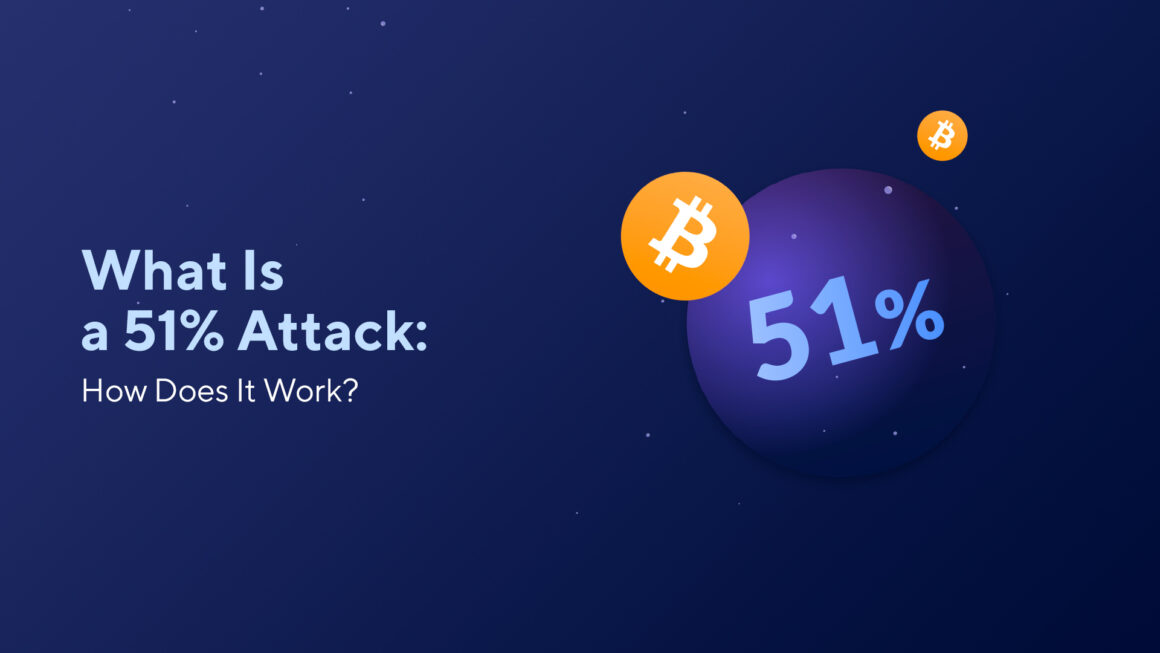A 51% attack is a type of attack on a blockchain in which hackers try to control the network. For this, they need more than 50% of the network’s mining hash rate or computing power. Once they do that, they can control the transactions on the network. As a rule, there is an intention behind this that brings the attackers added value, such as manipulation of transactions.
Anyone who deals with blockchain has very likely heard of a 51% attack. How was mentioned before, this is an attack on the blockchain in which a hacker tries to temporarily gain control of the network in order to manipulate it. This type of attack is primarily possible on blockchains that create new blocks exclusively via Proof of Work (PoW) since this mechanism works through the use of computing power.
Theoretically, a 51% attack is also possible on a network with Proof of Stake (PoS). For this, however, an attacker would have to own at least 51% of the issued tokens in order to succeed.
Potential Risks of 51% Attacks
A specific threat that arises from such an attack is what is known as double-spending. Tokens are issued multiple times. Actually, something like this is prevented on a blockchain by constant validation of transactions by the network.
Miners must always verify whether the transactions in a new block are valid before it is added to the blockchain. Only then, the transactions are processed and become a part of the steadily growing blockchain. If the attacker has 50% of the network’s computing power, he/she manipulates transactions in order to issue tokens twice without being stopped by other network participants.
The Problem of Too Large Mining Pools
Many miners join together in mining pools in order to use their united computing power to generate new blocks more successfully and thus generate more income. Members of mining pools thus enjoy regular rewards for mining. Despite the fact that members share the reward, they have constant income in return.
So it’s quite worthwhile to be part of such a pool. And the more computing power a pool can provide, the more regularly miners will receive the rewards. It’s therefore not surprising that many participants want to join large pools in particular in order to benefit from their reach.
However, if a pool becomes so large that it provides 51% or more of the total computing power, it becomes a threat to the rest of the network. Theoretically, it now has so much power that it can easily manipulate transactions. In the past, there were mining pools that grew so rapidly that they were perceived by the community as risky ones. Today, serious mining pools therefore often set a hard upper limit on the maximum share of the computing power they are allowed to provide, for example, 40%.
Small-Scale Crypto Projects Are More at Risk
How was mentioned before, in order to successfully carry out a 51% attack, a certain amount of computing power is required — namely at least 51% of the total power available in the network. This means that the smaller the network, the easier it is for an attacker. Conversely, this means that large networks like Bitcoin are relatively resistant to such attacks due to their high number of participants. From a purely technical point of view, the risk still exists, but the likelihood of a successful attack is exceptionally low.
What other interesting facts about a 51% attack do you know? Feel free to share your knowledge in the comments!

Leave a Reply